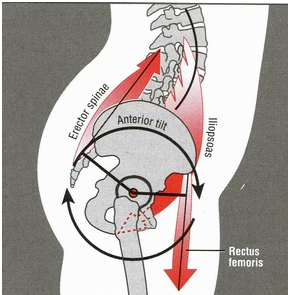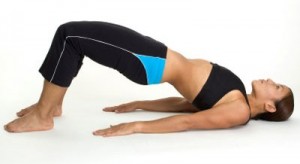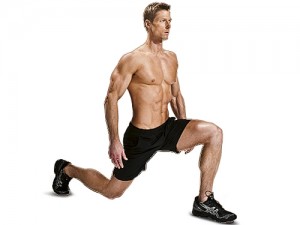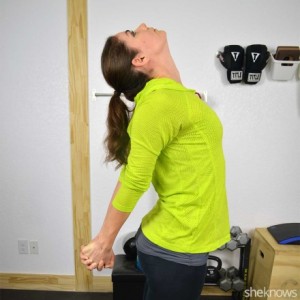Infertility is defined as not being able to get pregnant despite having frequent, unprotected sex for at least a year for most couples. Infertility may result from an issue with either you or your partner, or a combination of factors that interfere with pregnancy. Among the many factors causing infertility, here we are going to talk about how Stress can affect the fertility and how acupuncture can help with it.
Does Stress affect the Fertility?
Stress is exhausting for both the body and mind. It’s not unusual to lose your desire when you’re under constant stress. While short-term stress may cause men to produce more of the male hormone testosterone, this effect doesn’t last.
If stress continues for a long time, a man’s testosterone levels can begin to drop. This can interfere with sperm production and cause erectile dysfunction or impotence. Chronic stress may also increase risk of infection for male reproductive organs like the prostate and testes.
For women, stress can affect the menstrual cycle. It can lead to irregular, heavier, or more painful periods. Chronic stress can also magnify the physical symptoms of menopause.
How does acupuncture reduce the stress and boost fertility?
Acupuncture affects the central nervous system and triggers the release of endorphins. These are the brain’s natural “feel-good”chemicals so they reduce stress and give a feeling of general well-being. Acupuncture also reduces cortisol(Stress hormone) and regulates blood pressure&blood sugar level which helps the blood flow to the muscles and the organs.
The British Acupuncture Council claims there’s evidence to show acupuncture increases sperm motility (how fast the sperm swim), as well as increasing levels of the male sex hormone testosterone and lowering the temperature of the scrotum (where sperm are stored), creating a better environment for keeping them healthy.
For women Acupuncture increases blood flow helps boost fertility by stimulating the ovaries to produce healthy eggs as well as enriching the endometrial lining in the uterus. The rich endometrial lining helps to ensure the eggs will be held to term.
Acupuncture also helps to relax the uterus and stop contractions, so blood flow increases and an embryo successfully implants. It also helps to regulate the menstrual cycle and opens the pathways to the brain that play a key role in “emitting the proper hormones at the right time”.
Can Acupuncture help IVF success rates?
“Acupuncture can increase the chances of getting pregnant for women undergoing fertility treatment by 65%,” according to The Guardian’s news pages. This means the two methods have the potential to complement or enhance each other’s results. The most immediate possible effect is that acupuncture served to “relax” the uterus around the time of the transfer. Several studies have shown that the uterus has contractions and that these contractions could cause expulsion of the transferred IVF embryos. If the contractions were reduced by acupuncture then that could be a mechanism for an improvement in IVF pregnancy rate.
The Treatment We Provide
Getting a good blood flow to the uterus and testicles is a key to conceive a healthy baby. Poor pelvic alignment can slow down the blood flow to the uterus and the testicles so balancing the pelvis is really important. See our page https://acuhealthcare.co.nz/low-back-pain-pelvis/ for more info.
By simply correcting the posture the patients feel so much better and positive as the poor posture can trigger cortisol the stress hormone. Good posture means good muscle balance which helps the blood circulation and the nerve innervation. Our trained acupuncturists will provide you a proper way to keep your body in balance and life style advices to maximize the chance to conceive your beautiful baby.















